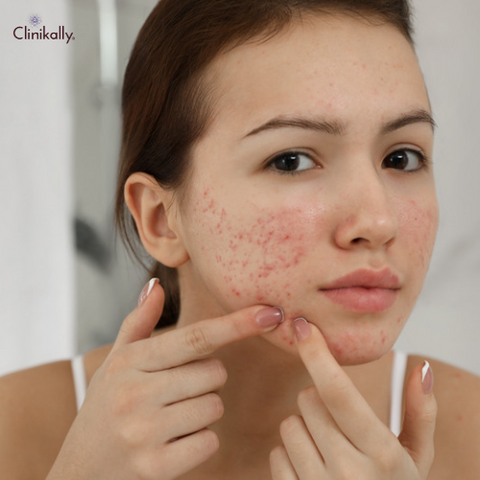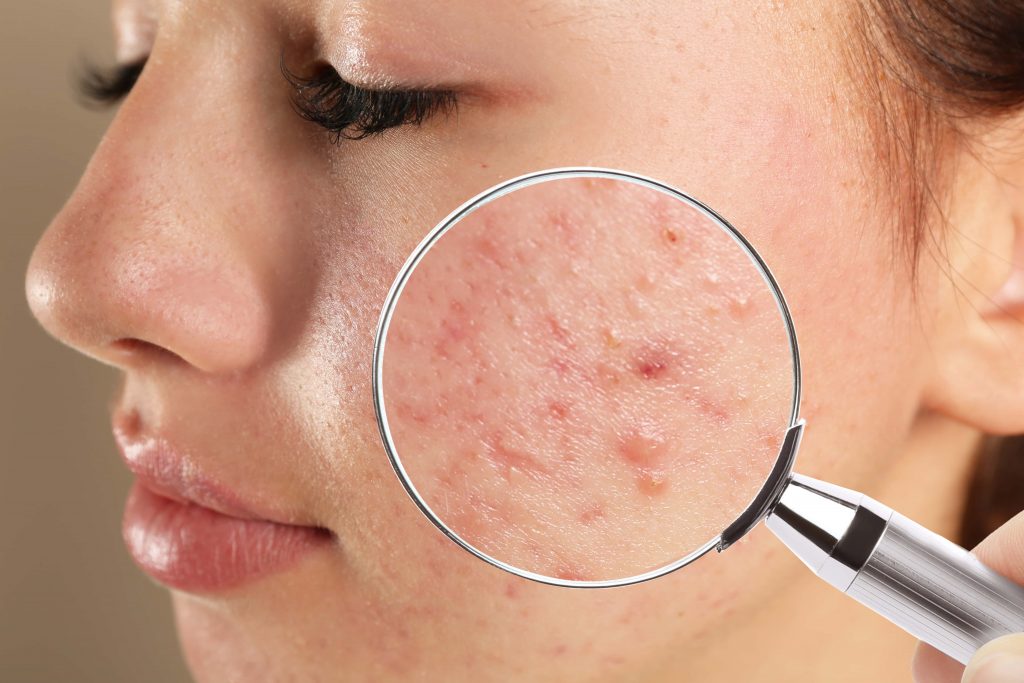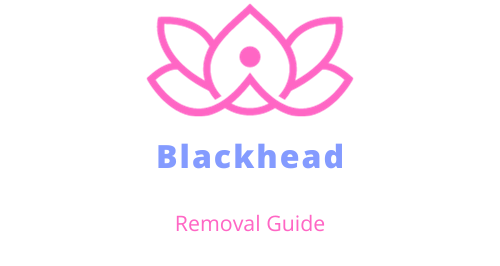Yes, glycolic acid helps with acne. It exfoliates the skin, unclogs pores, and reduces inflammation.
Glycolic acid is a popular skincare ingredient derived from sugarcane. It belongs to the alpha-hydroxy acid (AHA) family and is renowned for its exfoliating properties. By removing dead skin cells, glycolic acid prevents clogged pores, a common cause of acne.
It also promotes cell turnover, helping skin heal faster. Many dermatologists recommend glycolic acid for treating mild to moderate acne. Its benefits include smoother skin texture and reduced acne scars. Products containing glycolic acid are available in various forms, such as cleansers, toners, and serums. Regular use can lead to clearer, healthier-looking skin. Always patch test new products to avoid irritation.
Understanding Acne
Acne is a common skin condition that affects people of all ages. This condition occurs when hair follicles become clogged with oil and dead skin cells. Understanding acne is crucial to finding the right treatment. Let’s explore the types of acne and the factors contributing to it.
Types Of Acne
Acne comes in various forms. Knowing the type of acne can help in choosing the correct treatment.
- Whiteheads: Small, white bumps that appear on the skin’s surface.
- Blackheads: Open pores filled with excess oil and dead skin, appearing black.
- Papules: Small red or pink bumps that may be tender to the touch.
- Pustules: Pimples containing pus at their tips.
- Nodules: Large, painful lumps beneath the skin’s surface.
- Cysts: Painful, pus-filled lumps under the skin, potentially causing scars.
Factors Contributing To Acne
Several factors contribute to the development of acne. Understanding these factors can help in managing acne effectively.
- Hormonal Changes: Puberty, menstruation, and pregnancy can trigger acne.
- Diet: Foods high in sugar and dairy products can worsen acne.
- Stress: Stress increases hormone levels, which can lead to acne flare-ups.
- Medications: Certain drugs, like corticosteroids, can cause acne.
- Genetics: Family history plays a role in acne development.
- Skin Care Products: Oil-based products can clog pores and cause acne.
Understanding these factors can help you adopt habits and treatments to combat acne effectively.

Credit: m.youtube.com
Glycolic Acid: The Basics
Understanding glycolic acid is crucial for anyone dealing with acne. This powerful ingredient promises clear, smooth skin. But what exactly is glycolic acid? And how does it work on your skin? Let’s dive into the details.
What Is Glycolic Acid?
Glycolic acid is a type of alpha-hydroxy acid (AHA). It’s derived from sugar cane. Its small molecular size allows it to penetrate the skin easily. This makes it one of the most effective AHAs available.
Glycolic acid is often found in skincare products. You can see it in cleansers, toners, and exfoliants. Its primary role is to exfoliate dead skin cells.
How Does Glycolic Acid Work On The Skin?
Glycolic acid works by breaking down the bonds between dead skin cells. This process helps remove dead skin cells from the surface. As a result, fresh, new skin cells can emerge.
It also helps to unclog pores. This is crucial for preventing acne. Clogged pores can lead to blackheads and pimples.
Moreover, glycolic acid promotes collagen production. Collagen is essential for maintaining skin elasticity. This can reduce the appearance of fine lines and wrinkles.
Here’s a quick summary of how glycolic acid benefits the skin:
- Exfoliates dead skin cells
- Unclogs pores
- Promotes collagen production
For acne sufferers, glycolic acid can be a game-changer. It not only treats existing acne but also prevents future breakouts. Always consult a dermatologist before starting any new skincare regimen.
Benefits Of Glycolic Acid For Acne
Glycolic acid is a powerful ingredient in the fight against acne. It offers multiple benefits that help achieve clearer skin. This section explores two significant benefits of glycolic acid: Exfoliation and Unclogging Pores and Reducing Inflammation and Redness.
Exfoliation And Unclogging Pores
Glycolic acid is an alpha hydroxy acid (AHA) known for its exfoliating properties. It works by breaking down the bonds between dead skin cells on the surface. This process helps remove dead skin cells, reducing the chance of clogged pores.
Unclogging pores is vital for acne-prone skin. Pores that are free of debris allow for better absorption of other skincare products. This can lead to healthier, clearer skin over time.
Reducing Inflammation And Redness
Acne often comes with inflammation and redness. Glycolic acid helps reduce these symptoms. It has anti-inflammatory properties that soothe the skin and minimize redness.
Reducing inflammation can prevent further breakouts. Calmer skin is less likely to react negatively to other treatments. This makes glycolic acid an excellent addition to any skincare routine.
| Benefits | Description |
|---|---|
| Exfoliation | Removes dead skin cells, preventing clogged pores |
| Unclogging Pores | Allows better absorption of skincare products |
| Reducing Inflammation | Soothes skin, minimizes redness |
To sum up, glycolic acid is effective in managing acne through its exfoliating and anti-inflammatory properties. Incorporating it into your skincare routine can lead to clearer, healthier skin.

Credit: www.clinikally.com
Using Glycolic Acid For Acne
Glycolic acid is a powerful tool in the fight against acne. This alpha hydroxy acid (AHA) can help improve skin texture and reduce breakouts. Its small molecular size allows it to penetrate deeply into the skin, making it highly effective.
Choosing The Right Glycolic Acid Product
When choosing a glycolic acid product, consider your skin type and severity of acne. Products come in various forms, including cleansers, toners, and serums.
- Cleansers: Best for daily use. They help remove dead skin cells and unclog pores.
- Toners: Good for oily skin. They balance the skin’s pH and provide a deeper cleanse.
- Serums: Ideal for targeted treatment. They offer a higher concentration of glycolic acid.
Check the concentration of glycolic acid in the product. For beginners, a concentration of 5-10% is suitable. Advanced users can opt for 10-20%.
How To Incorporate Glycolic Acid Into Your Skincare Routine
To incorporate glycolic acid into your skincare routine, start slowly. Use it once or twice a week and observe how your skin reacts.
- Cleanse: Start with a gentle cleanser to remove dirt and oil.
- Apply Glycolic Acid: Use your chosen glycolic acid product. Apply it evenly on your face.
- Moisturize: Follow up with a hydrating moisturizer to prevent dryness.
- Sun Protection: Always use sunscreen. Glycolic acid can make your skin more sensitive to the sun.
Gradually increase the frequency of use as your skin builds tolerance. Consistency is key for best results.
| Step | Product Type | Frequency |
|---|---|---|
| 1 | Cleanser | Daily |
| 2 | Glycolic Acid Product | 1-2 times a week |
| 3 | Moisturizer | Daily |
| 4 | Sunscreen | Daily |
Potential Side Effects And Precautions
Glycolic acid is effective for treating acne but comes with potential side effects. Knowing these side effects is crucial for safe use. Below, we explore key precautions to take.
Skin Sensitivity And Irritation
Using glycolic acid can make your skin more sensitive. This sensitivity can lead to irritation and redness. It’s important to start with a lower concentration to see how your skin reacts.
To minimize these effects, use a gentle moisturizer. Avoid using other harsh products while using glycolic acid. This helps to reduce the risk of irritation.
Sun Sensitivity And Protection
Glycolic acid increases your skin’s sensitivity to the sun. Using it without proper sun protection can lead to sunburns and skin damage.
Effective sun protection tips:
- Apply a broad-spectrum sunscreen with SPF 30 or higher.
- Wear a wide-brimmed hat when outdoors.
- Avoid direct sun exposure between 10 AM and 4 PM.
Always apply sunscreen even on cloudy days. This is because UV rays can still penetrate through clouds. Consistent use of sunscreen helps in preventing further skin damage.

Credit: www.clearskin.in
Combining Glycolic Acid With Other Acne Treatments
Combining Glycolic Acid with other acne treatments can enhance its effectiveness. This can help you achieve clearer skin faster. By integrating it with complementary ingredients, you can target different aspects of acne. This approach can lead to better results.
Combination With Salicylic Acid
Salicylic Acid is a powerful acne-fighting ingredient. It works by penetrating deep into the pores. This helps to clear out oil and debris. Combining it with Glycolic Acid can be very effective. Glycolic Acid exfoliates the skin’s surface. This allows Salicylic Acid to work better.
When using both acids, start slow. Your skin needs time to adjust. Use Glycolic Acid in the morning and Salicylic Acid at night. This helps to avoid irritation. Always follow with a good moisturizer. This helps to keep the skin hydrated.
A sample regimen could look like this:
| Time of Day | Steps |
|---|---|
| Morning |
|
| Night |
|
Consulting With A Dermatologist
Before combining Glycolic Acid with other treatments, consult a dermatologist. They can provide personalized advice. They will help you understand your skin type. This ensures you use the right products.
A dermatologist can also suggest the best concentrations. This will help avoid potential side effects. They can guide you on how to layer different products. This maximizes the benefits while minimizing irritation.
Here are a few questions to ask during your consultation:
- What concentration of Glycolic Acid should I use?
- Can I use Glycolic Acid and Salicylic Acid together?
- How should I layer my skincare products?
- What should I do if I experience irritation?
By following professional advice, you can achieve clearer, healthier skin.
Frequently Asked Questions
Is It Ok To Put Glycolic Acid On Acne?
Yes, you can use glycolic acid on acne. It helps exfoliate dead skin cells and unclog pores. Start with a low concentration.
How Long Does It Take For Glycolic Acid To Clear Acne?
Glycolic acid typically takes 4-6 weeks to show noticeable improvement in acne. Consistency and proper usage are crucial.
Which Is Better For Acne Glycolic Or Salicylic Acid?
Salicylic acid is better for acne-prone skin. It penetrates pores, reduces inflammation, and helps prevent future breakouts.
Can I Use Glycolic Acid Every Day?
Yes, you can use glycolic acid daily if your skin tolerates it. Start with lower concentrations and monitor for irritation.
Conclusion
Glycolic acid can be an effective treatment for acne. It helps exfoliate the skin, unclog pores, and reduce inflammation. Remember to patch test before full application and consult with a dermatologist. Consistent use, along with other skincare routines, can lead to clearer skin.
Give glycolic acid a try for acne-prone skin.

